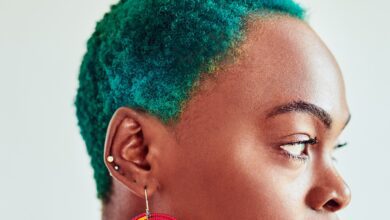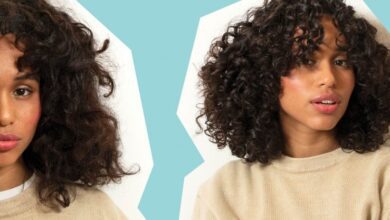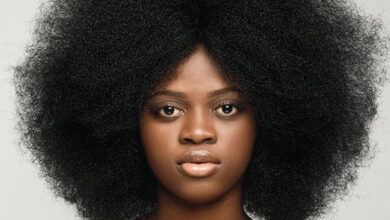
If you’ve ever struggled to understand or embrace your Type 3 hair, then Curly Queens is here to help. Curly Queens: Embracing and Understanding Type 3 Hair is a revolutionary product that provides knowledge and guidance on how to care for and style your beautiful curls. With a deep understanding of the unique needs of Type 3 hair, Curly Queens aims to empower and uplift individuals with curly hair, helping them to embrace their natural beauty and confidently rock their curls. Say goodbye to frizz and hello to fabulous curls with Curly Queens.
What is Type 3 Hair?
Overview of hair types
When it comes to hair, everyone’s texture is unique and falls into different categories. This categorization system, known as the hair typing system, was popularized by Andre Walker, Oprah Winfrey’s hairstylist. Type 3 hair, also known as curly hair, is one of the most common hair types. It is characterized by its distinct curl pattern, which ranges from loose curls to tightly coiled spirals.
Characteristics of Type 3 hair
Type 3 hair is characterized by its natural curls and has a tendency to be frizzy. It falls under three subcategories – 3A, 3B, and 3C – each with its own unique characteristics. Type 3A hair has large loose curls, Type 3B has more defined curls, and Type 3C has tight corkscrew curls. Type 3 hair is often voluminous and can have a lot of body.
Subtypes of Type 3 hair
Type 3 hair is further categorized into three subtypes – 3A, 3B, and 3C. Each subtype has its own unique characteristics and requires specific care routines. Understanding your specific hair type can help you choose the right products and techniques to enhance your natural curls.
- Type 3A: Type 3A hair has loose curls with an S-shaped pattern. It tends to be shiny and easy to manage. This hair type is prone to frizz and may require moisture to maintain its curl definition.
- Type 3B: Type 3B hair has more defined curls with a spiral pattern. It is often voluminous and has a medium texture. This hair type requires regular moisturizing and styling to enhance its natural curl pattern.
- Type 3C: Type 3C hair has tight corkscrew curls with a smaller circumference. It is densely packed and tends to be coarser in texture. This hair type requires deep conditioning and careful detangling to maintain its shape and prevent dryness.
Understanding Hair Porosity
Definition and significance of hair porosity
Hair porosity refers to the hair’s ability to absorb and retain moisture. It is determined by the hair’s cuticle layer, which can be either tightly closed, normal, or raised. Understanding your hair’s porosity is essential for developing an effective hair care routine, as it helps determine the best products and techniques for your specific hair type.
How to determine hair porosity
To determine your hair’s porosity, you can perform a simple test. Take a few clean strands of hair and drop them into a glass of water. If your hair quickly sinks to the bottom, you have high porosity hair. If it floats in the middle, you have normal porosity hair. And if it stays on the surface, you have low porosity hair.
Impact of hair porosity on Type 3 curls
Hair porosity has a significant impact on how Type 3 curls behave and respond to different hair care techniques. High porosity hair may absorb moisture quickly but struggle to retain it, leading to dry, frizzy curls. Low porosity hair, on the other hand, may resist moisture absorption, making it difficult for products to penetrate the hair shaft. Understanding your hair’s porosity allows you to tailor your hair care routine to meet its specific needs.
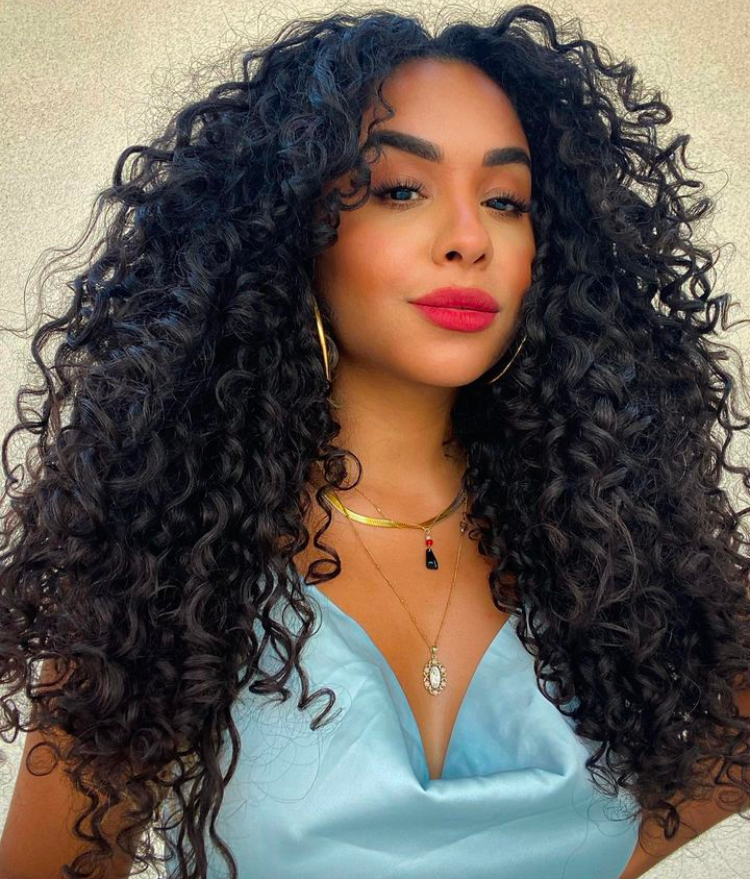
Caring for Type 3 Hair
General tips for hair care
Caring for Type 3 hair requires a combination of moisture, proper cleansing, and gentle handling. Here are some general tips to keep your hair healthy and vibrant:
- Moisturize regularly: Type 3 hair tends to be dry, so it’s essential to moisturize it regularly. Use a leave-in conditioner or moisturizing cream to keep your curls hydrated.
- Avoid excessive heat: Heat can cause damage and contribute to frizz. Whenever possible, embrace your natural curls and minimize the use of heat styling tools.
- Use a wide-toothed comb or your fingers to detangle: Type 3 hair is prone to tangling, so use a wide-toothed comb or your fingers to gently detangle your curls. Start from the ends and work your way up to avoid breakage.
- Protect your hair while sleeping: Use a silk or satin pillowcase or wear a satin bonnet to protect your curls while you sleep. This helps reduce friction and prevents frizz.
Cleansing techniques and products for Type 3 hair
When it comes to cleansing Type 3 hair, it’s important to strike a balance between removing product buildup and retaining moisture. Here are some techniques and products that work well for Type 3 curls:
- Co-washing: Co-washing, or using a conditioner to cleanse the hair, is a popular technique for Type 3 hair. It helps retain moisture while still effectively cleansing the scalp. Look for conditioners specifically formulated for curly hair.
- Gentle shampoos: If you prefer using a shampoo, opt for a sulfate-free, moisturizing shampoo. This helps prevent excessive drying and keeps your curls hydrated.
- Deep conditioning treatments: Type 3 hair benefits greatly from deep conditioning treatments. Look for deep conditioners that contain nourishing ingredients like shea butter, coconut oil, and aloe vera. Apply the treatment to your damp hair, cover it with a shower cap, and let it sit for at least 30 minutes before rinsing.
Conditioning and moisturizing Type 3 curls
Conditioning and moisturizing are essential steps in caring for Type 3 curls. Here are some tips to keep your curls well-hydrated and moisturized:
- Use a leave-in conditioner: After washing your hair, apply a leave-in conditioner throughout your curls to provide lasting moisture and protection.
- Apply a moisturizer or curl cream: Depending on your hair’s needs, apply a moisturizer or curl cream to enhance and define your curls. Look for products that are lightweight and won’t weigh your hair down.
- Seal in moisture with oils: To lock in moisture, apply a small amount of nourishing oil, like argan oil or jojoba oil, to the ends of your hair. This helps prevent frizz and retains moisture.
Styling options for Type 3 hair
Type 3 hair offers a wide range of styling options. Here are a few popular techniques to enhance and style your curls:
- Wash and go: For a natural, effortless look, try the wash and go method. After washing and conditioning your hair, apply a leave-in conditioner and a curl-enhancing gel. Scrunch your hair gently to encourage curl formation and allow it to air dry or use a diffuser attachment on your hairdryer.
- Twist-outs and braid-outs: Twist-outs and braid-outs are popular protective styles that not only protect your hair but also create beautiful, defined curls. Apply a styling cream or a curl-enhancing product, then twist or braid your hair. Once your hair is dry, carefully unravel the twists or braids to reveal gorgeous, defined curls.
- Pineapple updo: To preserve your curls overnight and minimize frizz, try the pineapple updo. Gather your hair into a loose high ponytail on top of your head before going to bed. This keeps your curls intact and prevents them from getting flattened while you sleep.

Building a Curly Hair Routine
Creating a personalized hair care routine
Building a regular hair care routine is essential for maintaining healthy Type 3 curls. Everyone’s hair is unique, so it’s important to create a routine that works for your specific needs and preferences. Here are some steps to help you create a personalized hair care routine:
- Determine your hair type and porosity: Understanding your hair type and porosity will guide you in choosing the right products and techniques for your hair.
- Identify your hair goals: Consider what you want to achieve with your curls, whether it’s enhancing curl definition, promoting growth, or reducing frizz. This will help you tailor your routine to meet your specific goals.
- Choose the right products: Look for products formulated for Type 3 hair, such as shampoos, conditioners, and styling products. Experiment with different brands and formulations to find what works best for your hair.
- Develop a cleansing and conditioning routine: Determine how often you need to wash and condition your hair based on its needs. Some people find that co-washing works best for them, while others prefer to use a shampoo. Adjust your routine as needed.
- Incorporate styling techniques: Experiment with different styling techniques, such as wash and go or twist-outs, to find what works best for your hair. Consider the time and effort required for each style and choose based on your lifestyle.
Steps to follow for healthy Type 3 curls
To ensure the health and vitality of your Type 3 curls, follow these steps as part of your regular hair care routine:
- Start with proper cleansing: Use a cleanser or co-wash specifically designed for Type 3 hair to remove dirt, product buildup, and excess oils. Gently massage the scalp and rinse thoroughly.
- Condition for moisture: Apply a conditioner or deep conditioner to your hair to replenish moisture. Focus on the mid-lengths and ends, as these areas tend to be drier. Detangle your hair gently with a wide-toothed comb or your fingers while the conditioner is in.
- Rinse with cold water: After conditioning, rinse your hair with cold water to close the cuticles and seal in moisture. This helps enhance shine and reduces frizz.
- Apply leave-in conditioner and styling products: While your hair is still damp, apply a leave-in conditioner to lock in moisture. Follow with any additional styling products, such as curl creams, gels, or mousses, to enhance and define your curls.
- Let your hair air dry or use a diffuser: Allow your hair to air dry for natural-looking curls, or use a diffuser attachment on your hairdryer to speed up the drying process. Gently scrunch your hair to encourage curl formation.
Suggested products for a curly hair routine

Finding the right products for your curly hair routine can be a trial-and-error process. Here are some popular product recommendations for Type 3 curls:
- Shampoos: Herbal Essences Totally Twisted Curl Shampoo, DevaCurl No-Poo Original Zero Lather Conditioning Cleanser, SheaMoisture Coconut & Hibiscus Curl & Shine Shampoo.
- Conditioners: Tresemme Flawless Curls Conditioner, SheaMoisture Manuka Honey & Mafura Oil Intensive Hydration Conditioner, Cantu Shea Butter Leave-In Conditioning Repair Cream.
- Styling Products: Ouidad Advanced Climate Control Heat and Humidity Gel, DevaCurl SuperCream Coconut Curl Styler, Aunt Jackie’s Flaxseed Recipes Curl La La Defining Curl Custard.
Remember, what works for someone else may not work for you, so don’t be afraid to experiment with different brands and formulations until you find the perfect products for your hair.
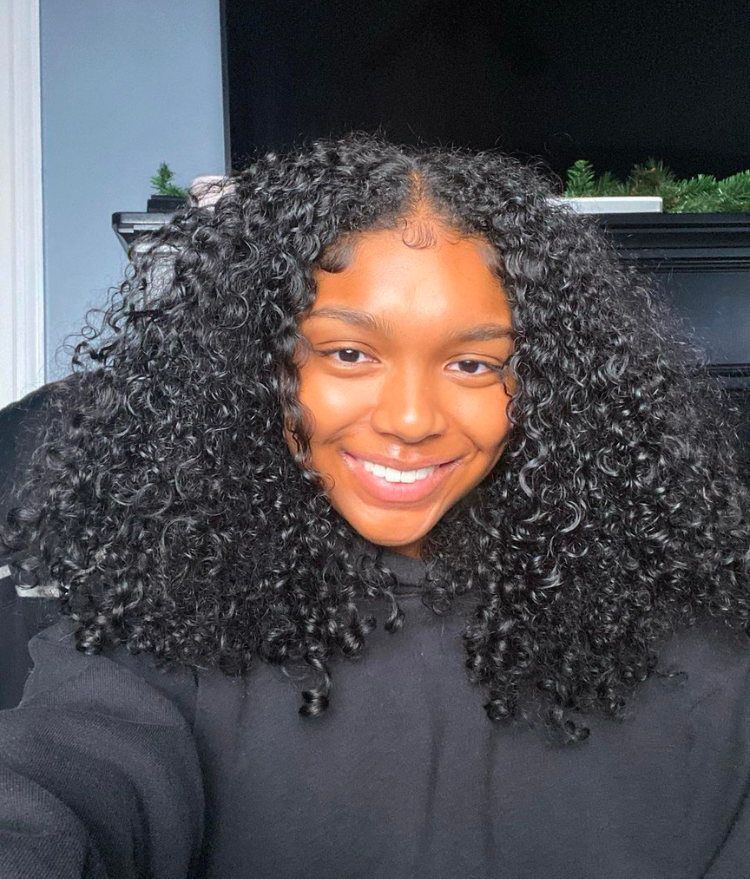
Protective Hairstyles for Type 3 Hair
Benefits of protective hairstyles
Protective hairstyles not only help to protect your hair from daily manipulation and environmental damage but also give your hair a break from regular styling. Here are some of the benefits of incorporating protective hairstyles into your hair care routine:
- Minimize damage: Protective hairstyles help to minimize breakage and split ends by keeping your hair tucked away and protected from external factors.
- Retain moisture: Protective styles can help retain the moisture in your hair, preventing it from drying out and becoming prone to breakage.
- Versatility: There are numerous protective hairstyles to choose from, allowing you to change up your look while still protecting your natural curls.
Popular protective styles for Type 3 hair
There are several popular protective styles that work well for Type 3 hair. Here are a few to consider:
- Braids: Braids offer versatile styling options and effectively protect your hair. Whether you opt for box braids, cornrows, or individual braids, this style keeps your hair neatly contained and reduces daily manipulation.
- Twists: Twists, like braids, are a great way to protect your hair while retaining definition. Two-strand twists or flat twists can be worn as a long-term protective style or as a base for twist-outs for more defined curls.
- Buns: Buns are a classic protective style that keeps your ends protected and tucked away. They can be achieved using the hair’s natural length or with the help of added hair extensions.
Maintaining and styling protective hairstyles
To ensure your protective hairstyles remain effective in safeguarding your Type 3 hair, follow these maintenance and styling tips:
- Moisturize regularly: Even when your hair is in a protective style, it’s important to keep it nourished and moisturized. Use a leave-in conditioner or a lightweight moisturizing spray to hydrate your scalp and the length of your hair.
- Cleanse your scalp: While your hair is in a protective style, it’s crucial to cleanse your scalp regularly to remove any product buildup or oils. Use a scalp cleanser or diluted apple cider vinegar to keep your scalp and hair clean.
- Avoid excessive tension: Protective styles should not be excessively tight, as this can cause tension and damage to your hair and scalp. Be mindful of the tightness when getting braids or twists done.
- Protect your hair at night: Wear a satin bonnet or use a satin pillowcase while sleeping to prevent friction and maintain the integrity of your protective style.
Dealing with Frizz and Humidity

Causes of frizz in Type 3 hair
Frizz is a common concern for individuals with Type 3 hair. Several factors contribute to frizz, including:
- Lack of moisture: Type 3 hair tends to be dry, and when it lacks moisture, it becomes more prone to frizz.
- Environmental factors: Humidity, heat, and wind can all contribute to frizz by disrupting the hair’s cuticle layer and causing it to swell.
- Over-manipulation: Excessive touching, brushing, or styling can lead to frizz by disrupting the curl pattern and creating friction.
Effective techniques to combat frizz
To combat frizz and keep your Type 3 curls smooth and defined, try incorporating these techniques into your hair care routine:
- Deep conditioning treatments: Regular deep conditioning treatments can help hydrate your hair and reduce frizz. Look for deep conditioners that contain moisturizing ingredients like shea butter, argan oil, or aloe vera.
- Seal in moisture: After applying your leave-in conditioner, seal in the moisture with a few drops of nourishing oil. This helps to lock in the moisture and prevent frizz.
- Avoid excessive heat styling: Heat styling tools can strip the hair of its natural moisture, leading to frizz. Minimize the use of heat and allow your hair to air dry whenever possible.
- Embrace the diffuser: When using a hairdryer, attach a diffuser to gently dry your curls and reduce frizz. The diffuser helps to distribute the air evenly and reduce the force of the airflow.
Tips for managing curls in humid weather
Humidity can be particularly challenging for Type 3 curls, as it can cause the hair to swell and frizz. Here are some tips to help manage your curls in humid weather:
- Moisturize thoroughly: Hydrate your curls with a leave-in conditioner or moisturizing cream to create a barrier against humidity and prevent frizz.
- Apply anti-frizz products: Look for anti-frizz serums, creams, or sprays that specifically target humidity. These products help to seal the hair cuticle and minimize frizz.
- Embrace updos and protective styles: Updos and protective styles can help keep your hair compact and reduce exposure to humidity. Experiment with different styles, such as buns or braids, that keep your hair securely tucked away.
- Refresh with water or a curl-refreshing spray: If your curls start to frizz or lose their shape throughout the day, lightly dampen them with water or a curl-refreshing spray and scrunch to revive their definition.
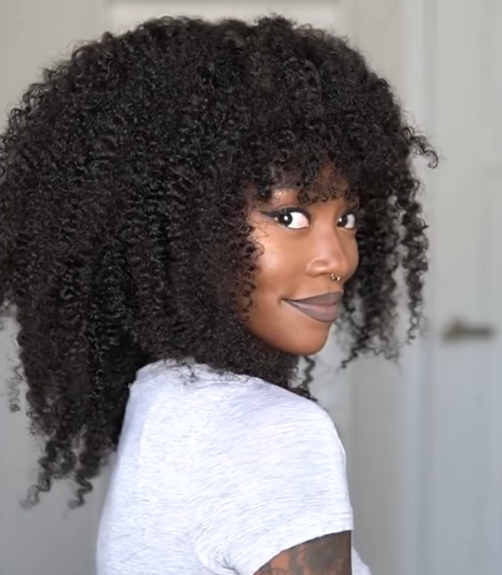
Heat Styling and Type 3 Hair
The impact of heat on Type 3 curls
Heat styling tools, such as flat irons and curling irons, can temporarily transform Type 3 curls into straight or more defined styles. However, excessive heat can cause damage to the hair, leading to dryness, breakage, and loss of curl pattern.
Safe heat styling practices
If you choose to use heat styling tools on your Type 3 hair, it’s important to follow safe practices to minimize damage. Here are some tips for safe heat styling:
- Use a heat protectant: Apply a heat protectant spray or serum to your hair before using any heat styling tools. This helps to create a protective barrier and minimize the damage caused by heat.
- Adjust the temperature: Set your heat styling tools to the lowest effective temperature to achieve the desired result. Avoid using the highest setting, as it can cause more damage to your hair.
- Limit heat exposure: Use heat styling tools sparingly and give your hair breaks between heat styling sessions. Embrace your natural texture and opt for heatless styling methods whenever possible.
- Be gentle: When using heat styling tools, be gentle and avoid pulling or tugging on your hair. Use a wide-toothed comb or your fingers to detangle your hair before applying heat.
Protective measures before and after heat styling
Before and after heat styling your Type 3 hair, take protective measures to minimize damage and maintain the health of your curls:
- Pre-styling preparation: Prior to using heat styling tools, ensure that your hair is thoroughly cleansed and conditioned. Apply a heat protectant product to create a barrier between the heat and your hair.
- Post-styling care: After heat styling, allow your hair to cool down completely before touching or styling it further. Apply a nourishing oil or serum to seal in moisture and restore any lost hydration.
- Deep conditioning treatments: Incorporate regular deep conditioning treatments into your hair care routine to replenish and strengthen your hair. This helps to counteract the damage caused by heat styling.
- Avoid excessive heat: Whenever possible, minimize the use of heat styling tools and embrace your natural curls. Emphasize heatless styling methods, such as twist-outs or air-drying, to reduce heat exposure.
Diet and Nutrition for Healthy Hair
Importance of a balanced diet for Type 3 hair
Maintaining a balanced diet is important for overall health, including the health of your Type 3 hair. Proper nutrition helps support hair growth, strength, and vitality. Here are some nutrients that play a crucial role in promoting healthy hair:
- Protein: Hair is primarily composed of a protein called keratin. Including adequate protein sources in your diet, such as lean meats, fish, eggs, and legumes, provides the building blocks necessary for healthy hair growth.
- Omega-3 fatty acids: Omega-3 fatty acids are essential fats that help nourish the hair follicles, improve scalp health, and add shine to the hair. Good sources of omega-3s include fatty fish, flaxseeds, chia seeds, and walnuts.
- Vitamins A and C: Both vitamins A and C are involved in the production of sebum, the hair’s natural oil. Include foods rich in these vitamins, such as sweet potatoes, carrots, citrus fruits, and bell peppers, to promote a healthy scalp and hair.
Specific nutrients and vitamins for hair health
In addition to a balanced diet, specific nutrients and vitamins can support overall hair health and promote growth. Consider incorporating the following into your diet:
- Biotin: Biotin, also known as vitamin B7, is essential for healthy hair growth. It is found in foods like eggs, almonds, avocados, and sweet potatoes. If you have a biotin deficiency, consult with a healthcare professional before taking biotin supplements.
- Iron: Iron deficiency can contribute to hair loss and thinning. Include iron-rich foods like spinach, lentils, red meat, and tofu in your diet to support healthy hair growth.
- Vitamin E: Vitamin E is an antioxidant that helps promote blood circulation to the scalp and supports hair follicle health. Foods rich in vitamin E include almonds, sunflower seeds, spinach, and avocados.
Recommended foods for promoting hair growth
To promote healthy hair growth and maintain the overall health of your Type 3 hair, incorporate the following foods into your diet:
- Leafy greens: Spinach, kale, and other leafy greens are packed with vitamins and minerals that support hair health. They provide iron, vitamin A, C, and folate, which are essential for hair growth.
- Nuts and seeds: Almonds, walnuts, chia seeds, and flaxseeds are good sources of omega-3 fatty acids, vitamin E, and biotin. These nutrients help nourish the scalp and promote hair growth.
- Lean proteins: Include lean proteins such as chicken, turkey, fish, and legumes to provide the necessary amino acids for keratin production and hair growth.
- Fruits and vegetables: Colorful fruits and vegetables like berries, citrus fruits, sweet potatoes, and bell peppers are rich in vitamins A, C, and antioxidants, which promote scalp health and hair growth.
Remember, maintaining a healthy diet is just one aspect of hair care. It should be complemented by a comprehensive hair care routine and proper hydration.
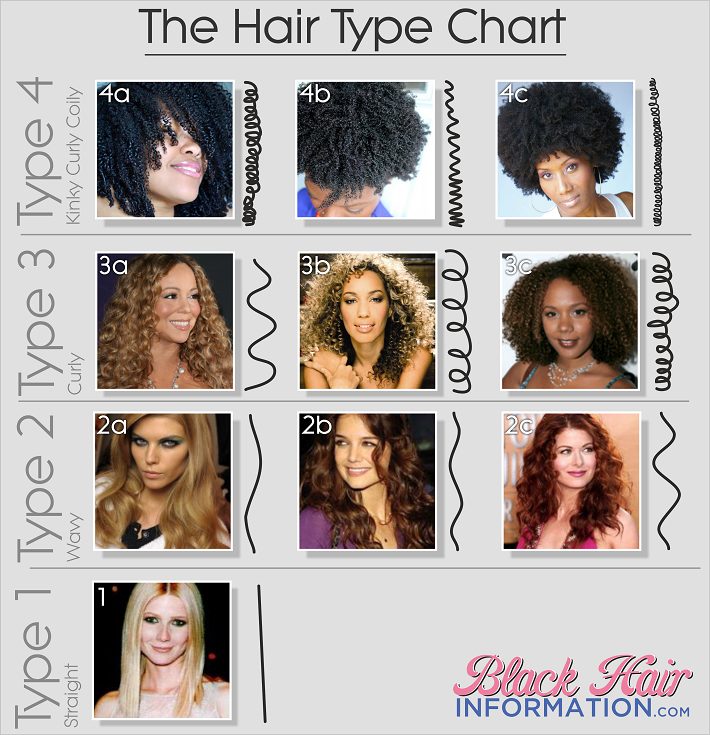
Common Haircare Mistakes to Avoid
Avoiding excessive heat and styling
Excessive use of heat styling tools and daily styling can lead to hair damage, dryness, and breakage. Limit the use of heat styling tools and minimize excessive manipulation to protect your Type 3 curls.
Over-washing and harsh handling
Over-washing your hair can strip it of its natural oils and lead to dryness and frizz. Aim to wash your hair no more than a few times a week and be gentle when handling your curls to prevent breakage.
Using wrong products for Type 3 curls
Using products that are not specifically formulated for Type 3 hair can lead to an imbalance in moisture and may not address the unique needs of your curls. Opt for products that are designed for curly hair to ensure optimal results.
Embracing and Celebrating Type 3 Hair
Promoting self-acceptance and embracing natural curls
Embracing and celebrating your Type 3 hair is important for self-acceptance and self-confidence. Remember that your unique curls are beautiful and deserve to be celebrated. Embrace your natural texture and wear your curls with pride.
Positive representation of Type 3 hair in media
Representation plays a crucial role in shaping societal beauty standards. Fortunately, more and more media outlets are showcasing diverse hair textures, including Type 3 curls. Look for representation that reflects your hair type and find inspiration in those who proudly rock their natural curls.
Social media influencers and Type 3 hair inspiration
Social media platforms provide a wealth of inspiration and knowledge for caring for Type 3 hair. Follow influencers and content creators who specialize in Type 3 curls for tips, product recommendations, and styling ideas. Engage with the curly hair community to share experiences and learn from others who have similar hair types.
In conclusion, understanding your Type 3 hair and implementing a proper hair care routine is essential for maintaining healthy, vibrant curls. By embracing and celebrating your natural texture, nourishing your hair from within, and following appropriate hair care practices, you can achieve stunning Type 3 curls that you can rock with confidence.
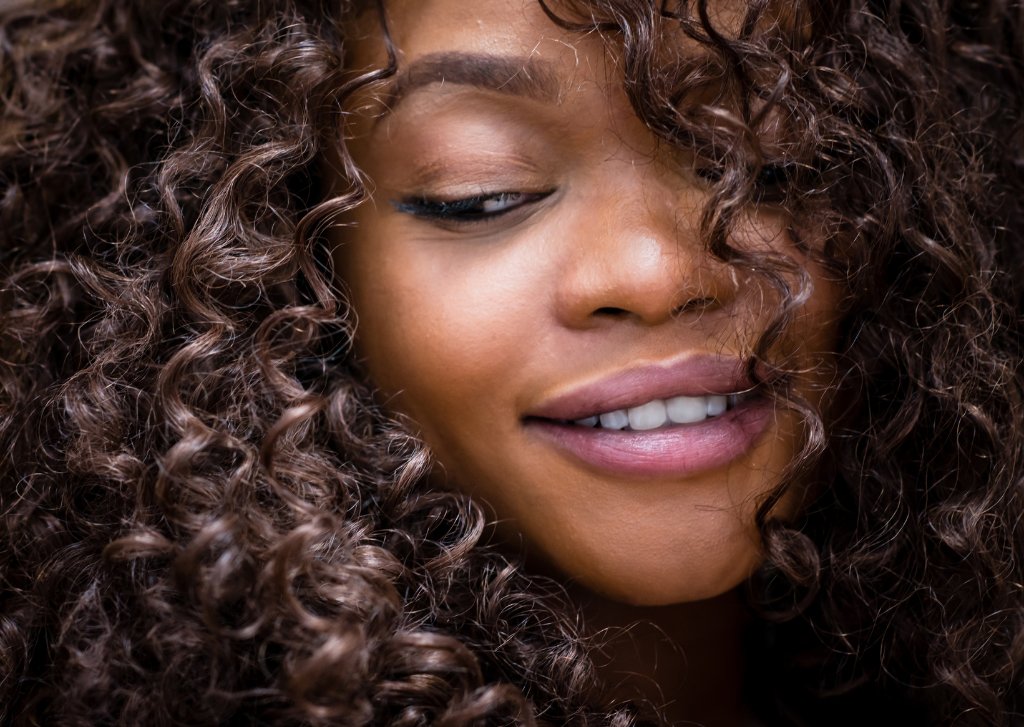
Porosity 101: How To Determine And Care For Your Hair’s Porosity(Opens in a new browser tab)
Deep Dive: The Best Products For Every Hair Texture(Opens in a new browser tab)
Unlocking The Secrets Of Your Hair Type: A Comprehensive Guide(Opens in a new browser tab)

